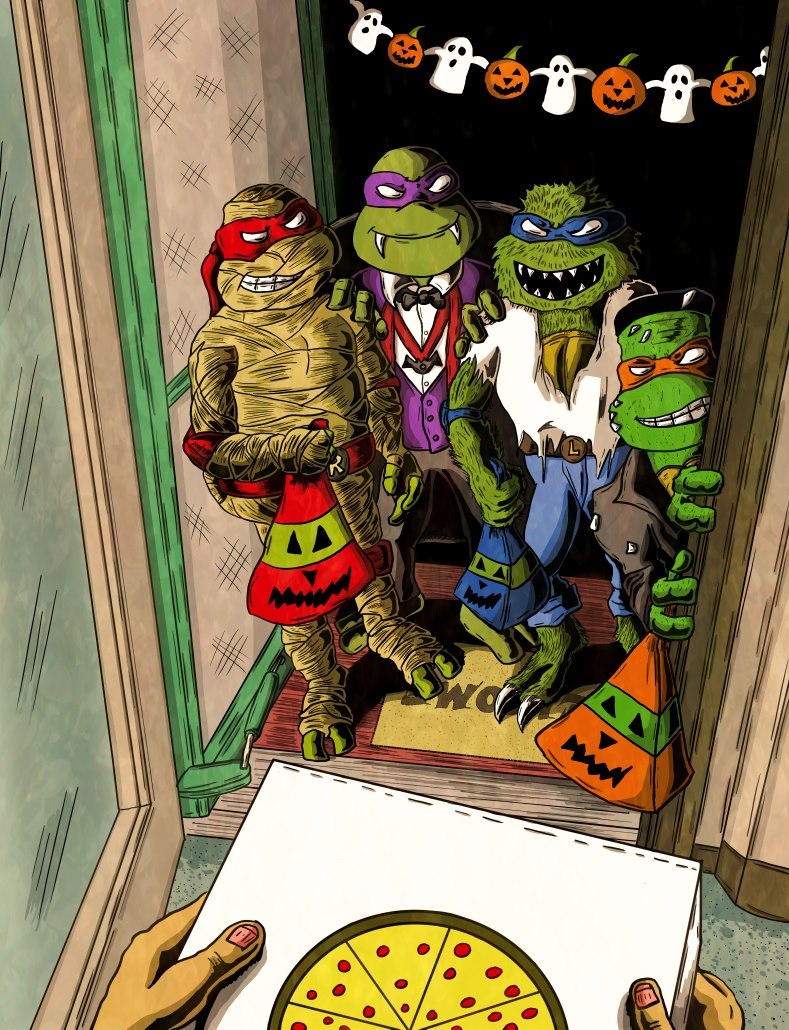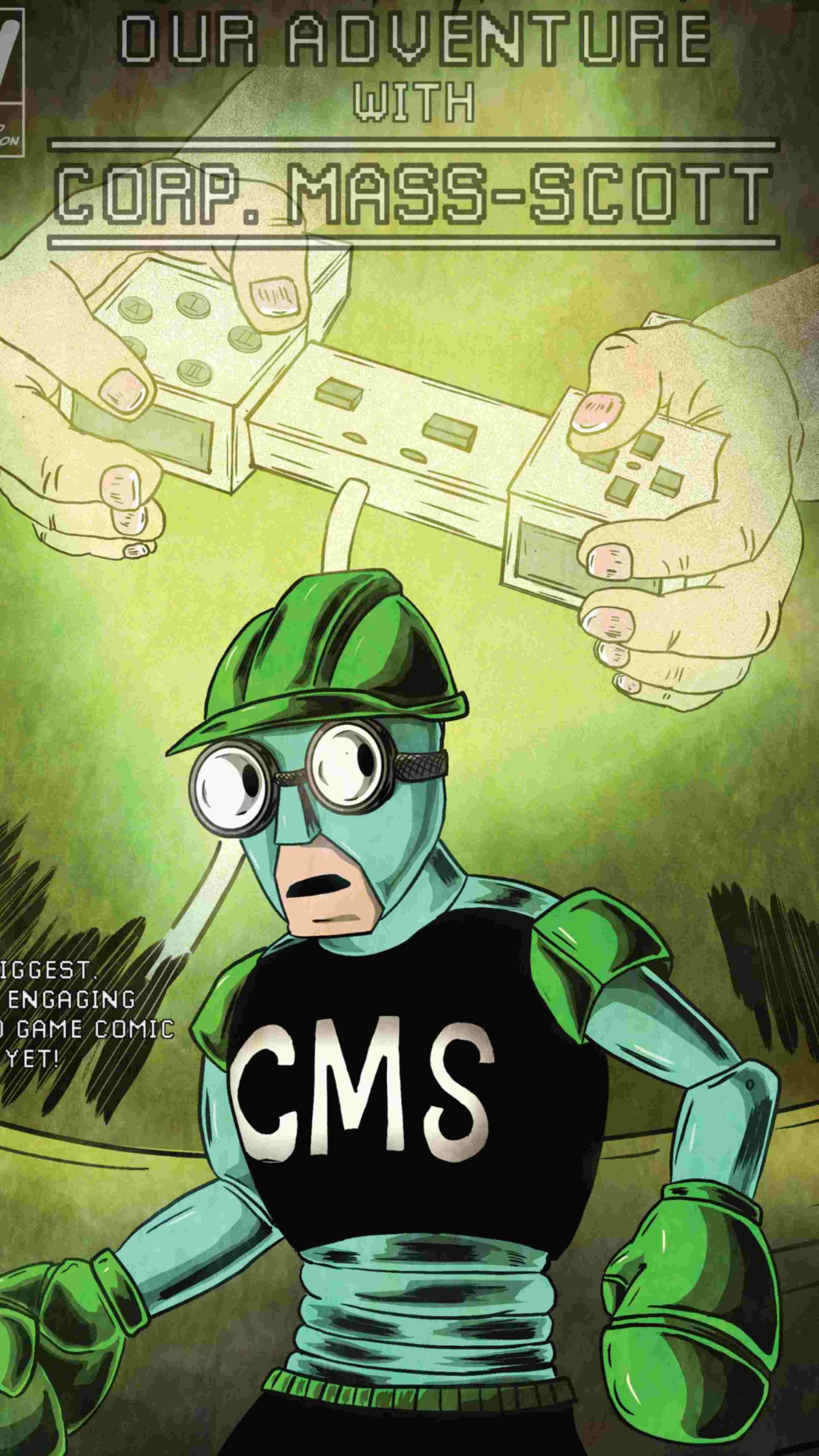We were lucky to catch up with Craig Holland recently and have shared our conversation below.
Craig, thanks for taking the time to share your stories with us today We’d love to hear about when you first realized that you wanted to pursue a creative path professionally.
It was something I realized three days shy of my 15th birthday.
It was a surprisingly warm Sunday morning in March. My dad opted to go out for a run. A short while later, while I was watching TV, we got a call on our landline phone. She wasn’t on the phone for very long, but rushed out of the house. As we didn’t have cell phones at the time, my mom would call every few hours with updates. It turns out someone wasn’t paying attention on the road, veered over the double yellow lines, and struck my dad on the side of the road.
My dad was rushed to an ER and then Dartmouth Hitchcock hospital for emergency surgery. He had damage to his hip and his legs. Luckily, he was able to live and walk again due to a year long persistent training. The months after the accident were rough. My mom drove up just about every day to the hospital to see him, which was about an hour and a half both ways. My brothers were much older than I was, and I spent many evenings alone at my house.
It was difficult to find ways to cope and pass the time. It wasn’t until one late night after watching a movie that I felt an urge to draw. Spider-Man 3 was coming out, which I had been eagerly waiting to see. I grabbed a sheet of printer paper and drew a major Spider-Man foe named Venom. I went to bed and saw the drawing the next morning. That one drawing gave me a sign of relief and got my mind off of everything that was going on. That drawing was followed up with a drawing of Sandman and then all of Spider-man’s villains. I took a freshman art course that year, in which I approached all of that homework with great enthusiasm.
Before the accident, I wanted to become an architect. As brothers pursued engineering and physics, it felt like a logical path for me with combining my math and drawing skills; however, illustration and comics called my name, which I graciously picked up the line.
It wasn’t until a year after the accident that I realized how fortunate I was to have art become my calling. As I took driver’s ed, one of the projects was to attend an AA meeting and write about our experience there. The goal of the project was to deter kids from drinking and driving, but there was another realization that the class provided me. Each person there all told a story of one bad point in their lives and drinking alcohol was a way to cope with it. Even though I’m not a big drinker, I could have easily gone down a destructive path in my life had I not gotten picked up a pencil. Ever since then, I’ve never put that pencil down.

Craig, before we move on to more of these sorts of questions, can you take some time to bring our readers up to speed on you and what you do?
My career began in spring of 2014. I graduated from the New Hampshire Institute of Art with a degree in illustration.
Weeks before I received my diploma, I had an interview with NH Magazine to do illustrations for them. There was a minor miscommunication when the interview was set up. The art director thought I would still be a student next semester and would be an intern. Since I wasn’t going to be an intern, the art director said that any work I do would need to be a paying gig, so I took one for the team.
The art director provided a spot illustration piece about retired people working part time jobs to pass the time. As my father had just retired a few years prior, I wanted to do the piece justice. It ended up being a rocking chair on a hook and it came out very nicely. I was given a good time frame to get the piece done; however, the art director called me shortly after that piece was completed with another project that was due soon.
The art director had another article about the NH Highland games that he needed illustrations done much sooner. He mentioned that he wanted a kind of “crude” illustration that showed each of the events taking place. My thought was to do full blown illustrations of each event and not just a figure showing the movement. After I sent them sketches, he called me and said, “I wished that I contacted you sooner for this project. Although I love the sketches, we needed just figure illustrations due to the limited space and fast approaching deadline.” Once we were on the same page, I sent him the illustrations and they were done on time. Hearing the enthusiasm in his voice gave me momentum to keep going.
The big factor that sets me apart from other illustrators is that I think quickly on my feet. Whenever I hear someone approach me with a project and they aren’t sure where to go, I love to chime in to provide an idea that comes out of nowhere and they fall in love with. Sometimes, it helps to be bold and do the unexpected. There was one art director that approached me for an article regarding parking tickets. They told me to give them whatever ideas that I could come up with, which I settled on a parking ticket wearing boxing gloves sitting in a corner of a boxing ring.
There are two things that motivate me to keep making illustrations. One would be the Teenage Mutant Ninja Turtles. That’s the story of two indie artists from New England, who made the indie comic that turned into a massive franchise. The second would be the film Dolemite Is My Name. It tells the story of Rudy Ray Moore who was a struggling comedian/actor/musician who made a name for himself by putting out his own music albums, comedy albums, and movies. The big takeaway, for me, was that if nobody is willing to help you produce and distribute your work, then do it yourself. Both the Teenage Mutant Ninja Turtles and Rudy Ray Moore both exemplify that motif for me.
Not to mention, it’s given me the momentum to self-publish two graphic novels via Kickstarter. This allowed me to network and create interior and cover illustrations for other indie comics. Finally, one of my biggest accomplishments would be the official Teenage Mutant Ninja Turtle social media pages reaching out to me to share my TMNT Halloween illustration. Never, in a million years, I’d imagine that happened. That illustration is the background on my Fitbit watch as a reminder to keep going.

Are there any books, videos or other content that you feel have meaningfully impacted your thinking?
There are two books that come to mind that I recommend to anyone in the creative field.
The first book would be Console Wars. It’s a book chronicling the rise of Sega during the videogame console wars of the 1990’s. The book follows many people involved, but focuses on the new president and CEO of Sega named Tom Kalinske. This journey helped the Sega brand from being a smaller console not many kids had to almost becoming neck and neck with Nintendo. The story focuses on persistence, finding your own voice, and being incredibly clever with your marketing.
The second book would be Good To Great : Why Some Companies Make The Leap and Others Don’t. This book focuses on multiple sets of business over different 15 year periods. The book compares one business that properly adapted and improved whereas another business failed to adapt and didn’t succeed. The big takeaway from that book focused on sticking to one major goal for your business and making changes that would benefit that business. The book uses the “hedgehog concept” quite frequently. This comes from the hedgehog and the fox, which is the fox is good at many different things whereas the hedgehog excels at one specific thing. Specifically, the hedgehog succeeds at driving away predators.
There are many trends that have come across in my time as an illustrator. These books helped me think about what is my long term goal as an illustrator and what the best option would be for me to proceed forward in my career.

What can society do to ensure an environment that’s helpful to artists and creatives?
There’s a large amount of noise in the creative field. It can be incredibly finding any artistic talent that suits your needs.
The big thing that would help any artist/creative would be sharing content with others. Any share of an illustration or video can reach at least one person who didn’t know that artist existed. Any fellow artist that has new work that’s great, I do what I can to share that on my art pages. It creates a domino effect of other people sharing great artwork.
Contact Info:
- Website: https://www.craighollandilustration.com
- Instagram: @Chollandart
- Facebook: Craig Holland Illustraton
- Twitter: @Chollandart
- Youtube: @Chollandart





